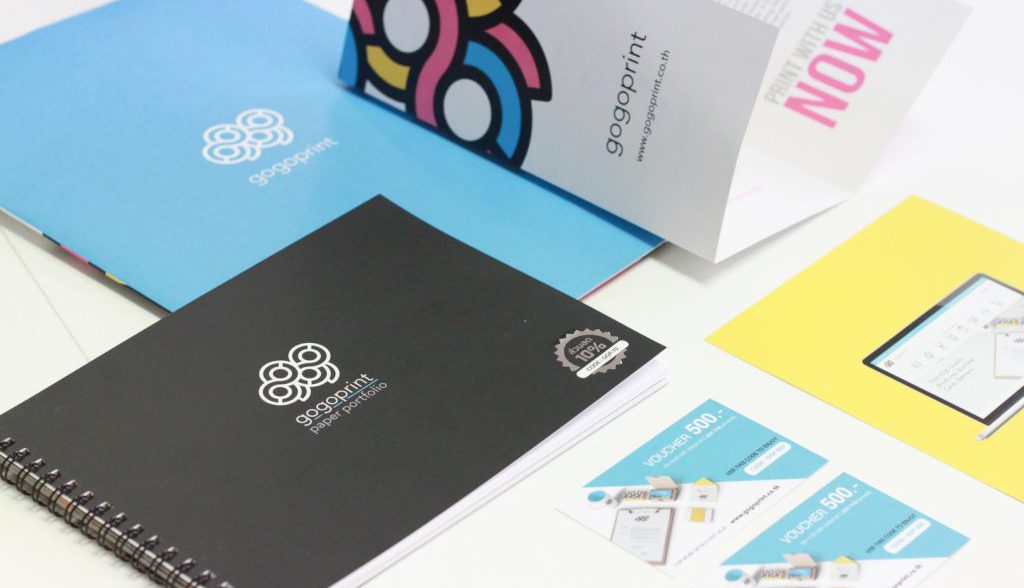Printing is an industry that has been around since 200 AD. It has had to constantly change and evolve in order to remain relevant in this digital age, even as new technology emerges to replace it.
When was the last time the average millennial consumed news via printed paper? Do flyers on cars do anything more than litter unnecessarily? We have deals apps, social media notifications and even e-mail newsletters to get our information.
Some companies are even going paperless, citing reasons like higher security for documents, and time-saving when it comes to searching databases.
So where do traditional printers fit into the modern landscape?
It’s no wonder that many traditional printers are dealing with the problem of overcapacity (where they cannot sell as much as they can produce).
According to the team of Gogoprint Malaysia, “These printers made massive investments in machinery about a decade ago, and in today’s digital age, where printed newspapers and magazines have become less popular, they struggle to find enough customers. To make matters worse, they are often ill-equipped in terms of sales and customer acquisition.”
And that’s something that Gogoprint believe they can help with.
Gogoprint is an on-demand online printing service. Currently active in 3 countries (Thailand, Malaysia and Singapore), Gogoprint works by combining the orders of multiple customers in order to reduce paper waste and therefore cost.
As the team explained, traditional printers focus on large orders with high order values. These orders are usually from larger corporations and naturally the printers will prioritise these clients. However, this also means that SME customers who can’t do large orders lose out. In the past, these SMEs had no choice but to pay high prices and suffer slow turnaround times because they were considered “second grade customers”.
Gogoprint’s business model involves partnering with printers to fill the overcapacity yet at the same time cater to SME customers that are usually discriminated against through high prices.
This win-win situation also brings the advantage of Gogoprint not being seen as a competitor by the traditional businesses. As the team explained, “From the perspective of traditional printers, we are not a player to fear, but rather a real partner.”
And as their business grows, so do the gains for customers. The more orders they get, the more efficiently they can group them, meaning prices get lower and they can also offer faster turnaround times. At the moment, most of Gogoprint’s offerings can be produced within 24 hours, 48 hours or in about 4 to 5 days, depending on which option you select, with free delivery.
Gogoprint relies on detailed algorithms to make the most out of one printing sheet. The team have to do a lot of custom development and coding in their company to “optimise our back-office processes in order to increase our efficiency in the face of a skyrocketing amount of orders”.
They shared that their customer base is wide, ranging from small SMEs and startups to large corporations from a wide field of industries, citing examples like Honda, Yamaha, Siemens, Zalora and HappyFresh.
Speaking of their long term goals, the team said, “We are committed to becoming the #1 player in SEA, in order to make printing cheap, fast, and easily accessible for everyone.” One of the ways they’re trying to simplify things is by offering a free design service and free editable templates on their website.
At the moment, business cards make up the bulk of their orders, but it’s the booklets, flyers and leaflets that represent the bulk of their revenue.
“What we have observed in all countries as well is that usually business cards are a sort of gateway product: people order it as a sort of test, and if they like our service and quality, they will come back for their more extensive printing needs with higher order values (i.e. flyers, booklets, etc.),” said the team.
Quality is another issue that they have to continue monitoring, and the team said, “We have extremely demanding requirements when selecting printing partners. And if quality starts to go down with one of our partners, we simply stop sending production jobs that way. In addition, we want to build long-term relationships in which we can combine our expertise with our printing partners’ in order to bring out the best quality that we can.”
In the age of digitalisation where everything’s going online, we did wonder if this industry really can sustain itself.
The team said, “No matter what industry it is in, a company will always need some sort of printing, at the very least business cards, booklets, and stationery like letterheads, envelopes, and presentation folders. That is the great thing about our business.”
They don’t see themselves as “disruptors” though.
“Disrupting is quite a strong word, one that usually inspires fear in the eyes of potential printing partners. What we rather want is to reshape an ageing industry, in order to more efficiently respond to the needs of a diversifying business clientele, while at the same time tackling overcapacity and marketing problems related to the rise of online media.”
Also Read: This M’sian Job Platform Believes That 140 Characters Is All It Takes To Get You Hired
Feature Image Credit: Startup Bangkok
